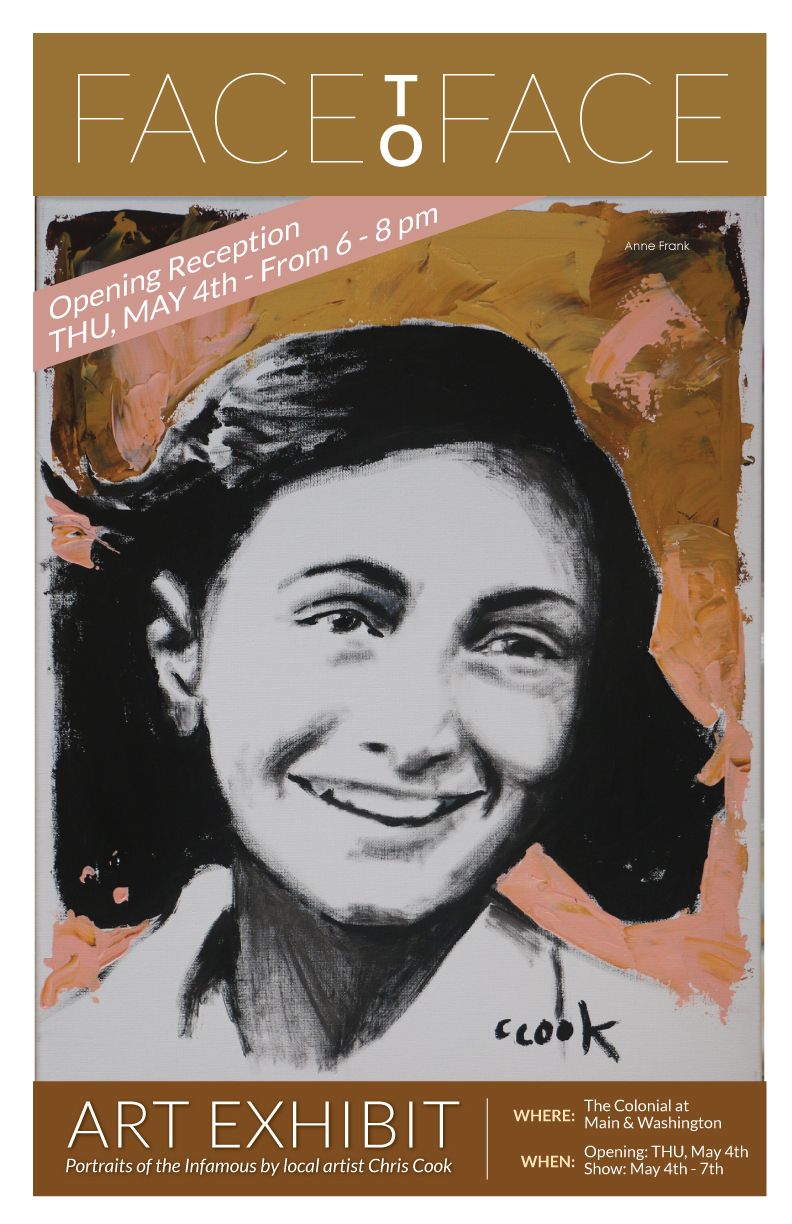The Infamy of Hope and Youth
 I have to say that I was at a loss when I learned that Chris wanted me to write about the infamy of Anne Frank. When I think about infamy, my mind does not typically turn to people who had their lives ended too soon, or who were subjected to the horrors of Nazi Germany during World War II.
I have to say that I was at a loss when I learned that Chris wanted me to write about the infamy of Anne Frank. When I think about infamy, my mind does not typically turn to people who had their lives ended too soon, or who were subjected to the horrors of Nazi Germany during World War II.
But then I began to think. “What is Anne Frank famous for?” And the inspiration for this post started to come to me.
Anne is famous because of the diary that she kept while she and her family, along with several others, were hiding from Nazi forces. A gift from her father, the notes and diary entries that Anne wrote were his attempt to give Anne a way to express herself and keep busy during what he knew would be a difficult time.
Anne Frank’s legacy wasn’t held within the years of her life, but rather in the life and wisdom that was contained in her 15 short years. Though she was young, Frank had a gift for telling stories, and her spirit that refused to give up, even in what was surely one of the darkest ages that our world has faced. Anne can be called infamous because, despite the pain, fear, and inhumanity that she faced from the Nazis, she never let that get her spirit and faith in the world down. Anne held on to the hope that evil would not win out, and that this season of her life would one day transform into spring of new life and growth.
I believe that the following quote from her diary sums up her spirit quite well:
“I see the world being slowly transformed into a wilderness; I hear the approaching thunder that, one day, will destroy us too. I feel the suffering of millions. And yet, when I look up at the sky, I somehow feel that everything will change for the better, that this cruelty too shall end, that peace and tranquility will return once more.”
I believe that many young people are seen as infamous because of their refusal to give into the negativity, hatred, and suffering that are so paramount in their world. Anne Frank held on to hope for a better tomorrow. As a youth pastor, I get to see the hope and excitement for a better tomorrow that is contained in the lives of the students that I get to work with each day. I am grateful for her legacy of hope, faith, and courage – and that I can see it live on in the faces of the youth of today.

